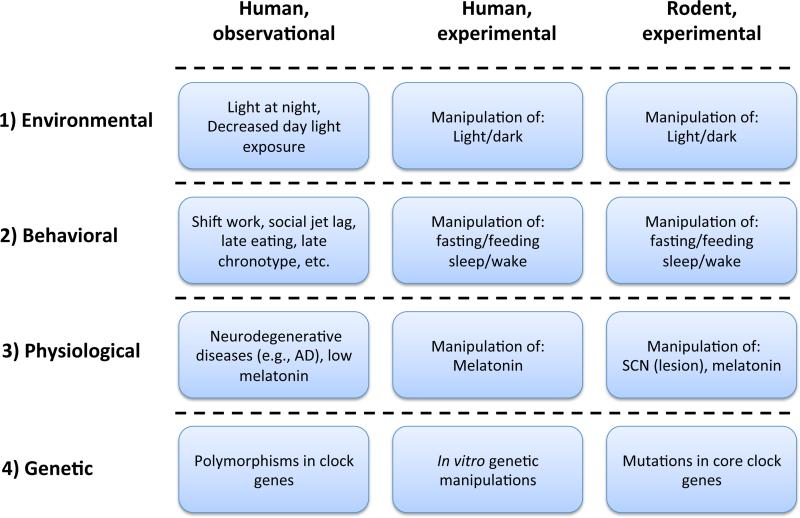Figure 2. Different strategies to study the adverse effects of circadian disruption in rodents and humans.
1) Light is the strongest Zeitgeber for the central clock. Light/dark cycles are widely used in both human and rodent experimental studies to modulate and disturb the circadian system. Environmental light conditions are often considered in human observational studies. 2) In experimental studies, behavioral misalignment with the central clock is achieved by manipulation of specific behavioral cycles. Lifestyles related to circadian disruption (as shown) are often assessed in human observational studies. 3) Considering the importance of melatonin in the circadian system, melatonin administration and suppression of endogenous melatonin (e.g. bright light treatment, pinealectomy) can be used as experimental approaches to alter the circadian system. Low nocturnal melatonin levels have also been found in T2D patients [99]. In rodent, SCN lesioning has been used as a circadian disruption model. In human postmortem studies, changes in the anatomy of the SCN has been found in Alzheimer's patients who are also known to display circadian deficits. 4) Rodent models with genetic mutations in core clock genes have been used to study the role of molecular clock. Studying the function of clock genes in human is difficult. One approach is to study polymorphisms in those genes. Another is by manipulating clock gene expression in human isolated tissues.

